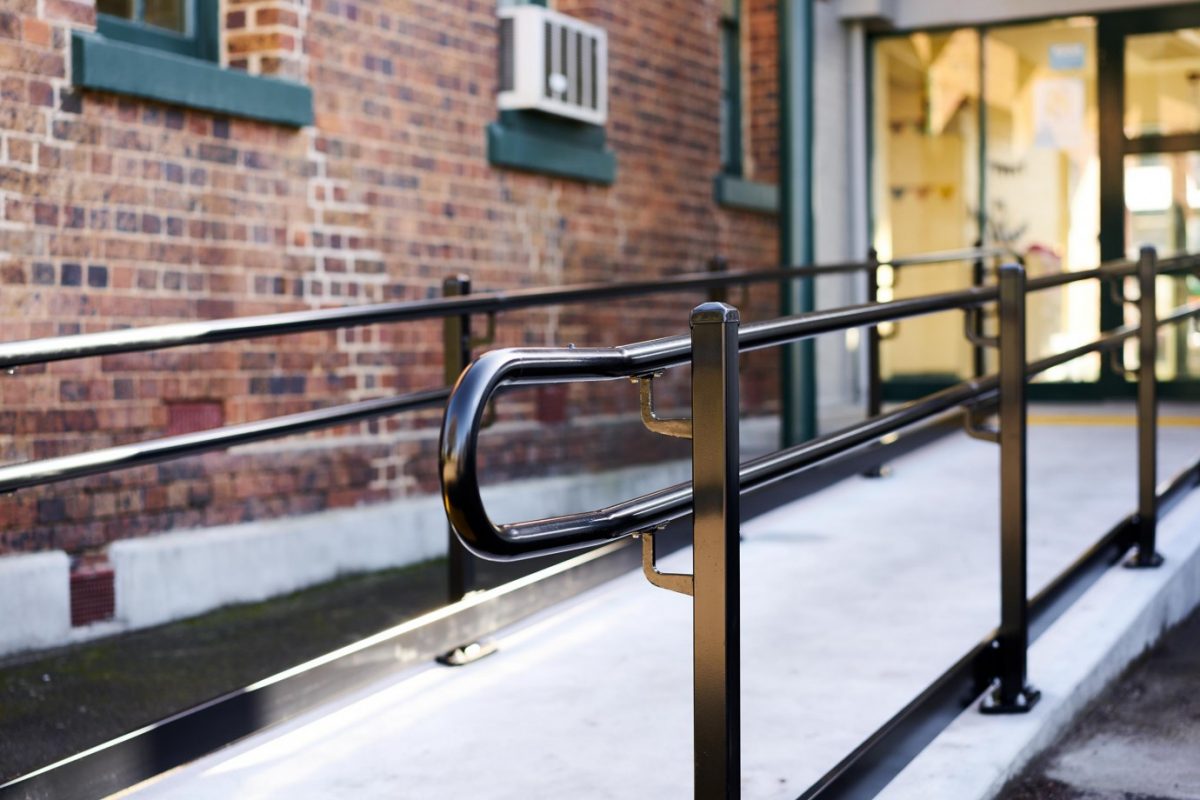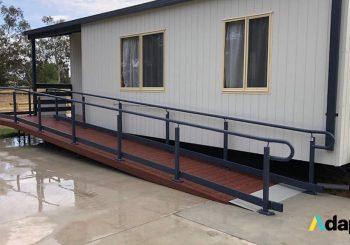The Building Code of Australia (BCA) is a uniform set of technical provisions for the design and construction of buildings.
As of May 1, 2023, you should be aware that the National Construction Code (NCC) 2022 has been officially adopted by Australian states and territories. These changes include a consistent volume structure and new provisions for housing standards. It is crucial to stay updated with the recent modifications in order to comply with the regulations including the Building Code Access (BCA) of Australia. The BCA guidelines feature ramp building code, residential building code, and BCA wheelchair access to name a few.

Furthermore, there are additional changes that will be implemented over a longer transition period. By October 1, 2023, livable housing requirements, energy efficiency standards, and condensation mitigation requirements will come into effect. It is important to familiarize yourself with these changes and make any necessary adjustments to ensure compliance.
Additionally, by September 1, 2025, lead-free plumbing product requirements will be enforced. This deadline provides ample time to transition to plumbing products that meet the specified standards.
For more detailed information on these changes in building codes for commercial and residential buildings, you can refer to the official source provided: https://ncc.abcb.gov.au/news/2023/ncc-2022-adopted. Staying informed and adhering to the updated Australian building regulations will help ensure the safety, efficiency, and compliance of your construction projects.
If you’ve ever participated in a project that involved designing or constructing a building, then you’ve most likely encountered the Building Code of Australia (BCA). Basically, the BCA refers to a set of technical provisions that aim to ensure that the construction of structures in Australia is carried out in a safe and proper manner.
Through these various provisions, the BCA is able to maintain the safety of the users and occupants of buildings in the country. This article covers the various aspects of the BCA and how they relate to the services provided by Adapta Ramps.
What is the BCA?
The requirements outlined by the BCA are the provisions that builders, engineers, and designers need to follow when it comes to developing the various features of a structure. Some of these include its fire safety features, roof and wall cladding, weatherproofing properties, and energy consumption.
One of the major provisions included in the BCA is a building’s accessibility. This refers to the presence and proper construction of certain accessibility features, such as stairways, ramps, and handrails.
 Who produces the BCA?
Who produces the BCA?
The BCA is produced and maintained by the Australian Building Codes Board (ABCB) and given legal effect through the Building Act 1975. The ABCB is a joint initiative of the Australian Government and state and territory governments. The ABCB addresses safety, health, amenity, and sustainability issues through the National Construction Code (NCC).
Does the BCA change?
To keep up with the new changes in the construction and safety sectors, the BCA is reviewed annually to include updated regulatory and technical provisions. Being familiar with these changes and keeping up with the latest version of the BCA can help make sure that the building construction project that you are overseeing complies with the latest regulations.
More importantly, meeting the latest standards can help ensure the safety and stability of a structure.
Important reference documents
As mentioned earlier, matters related to health, safety, and sustainability are covered by the NCC. The latest edition of the NCC, NCC 2022, is made up of several volumes. Volumes One and Two feature the provisions of the BCA.
One of the sections covered in these references is about the proper design and construction of ramps. It states that the gradient of ramps should not exceed 1:8, and they should have various safety features such as handrails and slip-resistant surfaces.
How does the BCA affect you?
In addition to ensuring the structural stability of buildings, the BCA also requires structures to be accessible by everyone, regardless of their physical state or condition. This is why it features a provision specifically for accessibility features like stairways and wheelchair ramps.
If you have a building or are in charge of constructing one, then you need to make sure that it is BCA-compliant. This means ensuring that it has properly designed ramps that have the required specifications and safety features.
Fortunately, Adapta can make the process of building structures easier by helping you meet the current Australian laws and regulations. We are dedicated to producing access and wheelchair ramps that follow the latest standards of the BCA.
No matter what your design concept is, we’ll work with you to manufacture an access solution kit that fits your needs while remaining safe and consistent with national standards. Thanks to our pre-approved designs, you can easily install your kit using the step-by-step instructions provided. You also don’t have to worry about inspection or approval by a governing body.
If you have any questions about the BCA and how it applies to your ramps needs, you can get in touch with our expert team for a chat.




